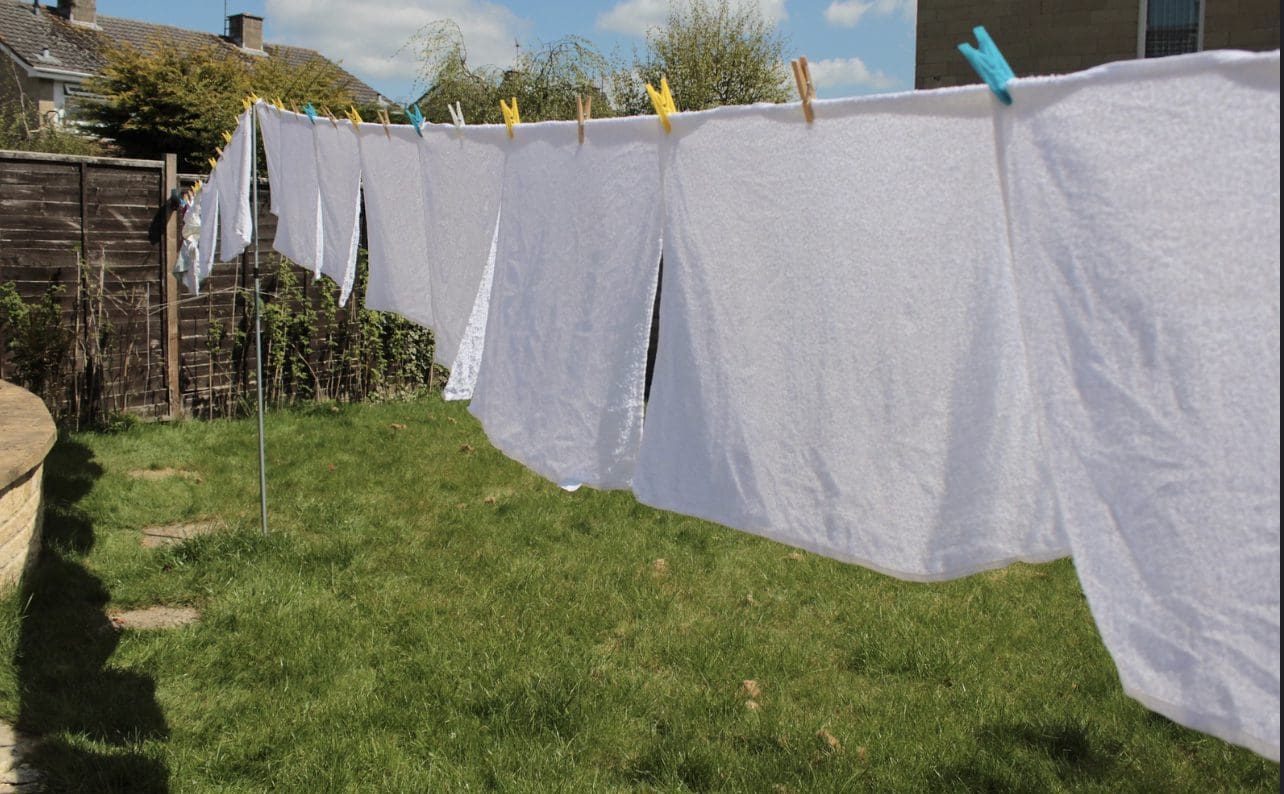Call: 0427 929 946
I had my first child in 1996. I was literally at the tail end of terry flat cloth nappy use. I had my first son in terry flat cloth nappies from birth, and then when my second came along 13 months later, we continued with both boys in terry flats. Terry flats were available for use while I was in Calvary Hospital on both occasions. I can remember my aunty being surprised that I was using cloth nappies when I went to a family function and had to change my son. At the time, I used cloth nappies for economic reasons. I really wasn’t thinking about our environmental footprint as that wasn’t something that we knew much about back then. I had my youngest son at the end of 2000. While you could still buy cloth nappies and accessories in the supermarket at this time, I never saw anyone in my social cycles using them.
My memory is a little hazy; however, I suspect that I only used terry flats on my third son for around six months. I now had three sons, my eldest being four and still in nappies as he has severe Autism and is intellectually delayed. My middle son had used the toilet during daytime from the age of two, with nights coming a year or so later.
Back then we provided our own nappies while attending childcare. It was getting harder to find a provider that would allow you to send cloth. This played a major part in me switching to disposables full-time. It still irks me today that I was using cloth nappies at home because I couldn’t afford disposables, yet when I put the boys in care which I paid for, I also had to buy disposables for the staff to use because they stated that the cloth nappies were unhygienic. The real reason was that they didn’t want to, and this attitude opened the flood gates to disposable nappies for no other reason besides convenience.
I recall the very early iterations of modern cloth nappies (MCN’s). They were shaped like today’s MCNs and had Velcro on them, however they didn’t have a layer of polyurethane laminate (PUL) so they were not water-resistant. I purchased a couple of these for my then husband to use as he was not comfortable using the terry flats and would only use a disposable. Unfortunately, you still had to put the PVC pilchers over the top, which he often forgot to do. I still preferred to use the terry flats as they had more absorbency (they were a lot thicker in comparison to what you buy today) and I was proficient in their application as I’d been doing it for several years.
At the age of two and a half, it was time for my youngest to learn to use the toilet. I had been toileting my eldest son for a year. It was going to be a challenge teaching both at the same time, however my youngest’s development could not be delayed because of it. He, as did my second son, only required two weeks of dedicated instruction. He had very few accidents during the day or night from that time on.
My eldest son was a very different story. It took fifteen long hard years! We only enjoyed a few years of him using the toilet without prompting and without accidents before his pets-as-therapy dog died and he spiralled into years of depression, aggressive behaviours, and the loss of his ability to use the toilet. So back to nappies, but this time, adult size! Believe me when I say it is very different managing an incontinent adult, to that of a young child. Wees are larger, poos are larger and clean-up is much harder. Thankfully, his full-time care team took this under their wing when he moved into his own home several years ago and we are now enjoying the fruits of their labour.
I have had the experience of using adult sized modern cloth nappies with my eldest. I have used them by themselves, used the covers over the top of disposable options, and put disposable inserts inside the reusable cover. As I had already opened Conder House Laundry & Linen Service, I was able to use our industrial equipment to wash them. To be completely honest, I don’t think I would have gone down the reusable path if I didn’t have an industrial solution for the washing. Washing reusable products for adults who are double incontinent is a whole new ball game as the wash processes for children are not sufficiently effective to achieve satisfactory results.
While I didn’t originally use cloth nappies as an environmental choice, I’m glad I did use them. Through education over the years about the impact of our sustainability choices, I now care about my family’s environmental footprint. Our early use of cloth nappies has helped to offset our use of disposable continence aids that we never could have imagined we were going to need later down the track.

